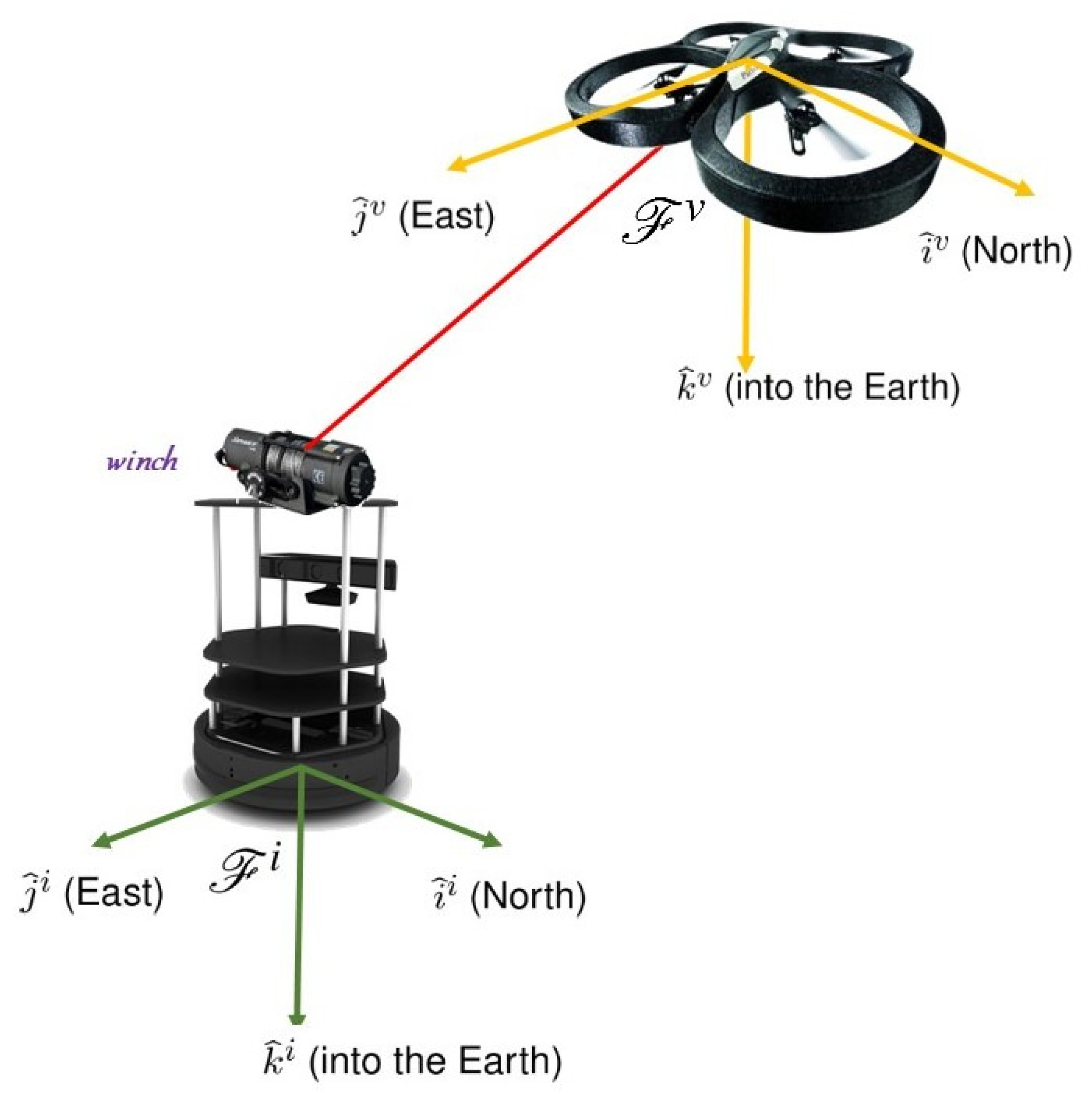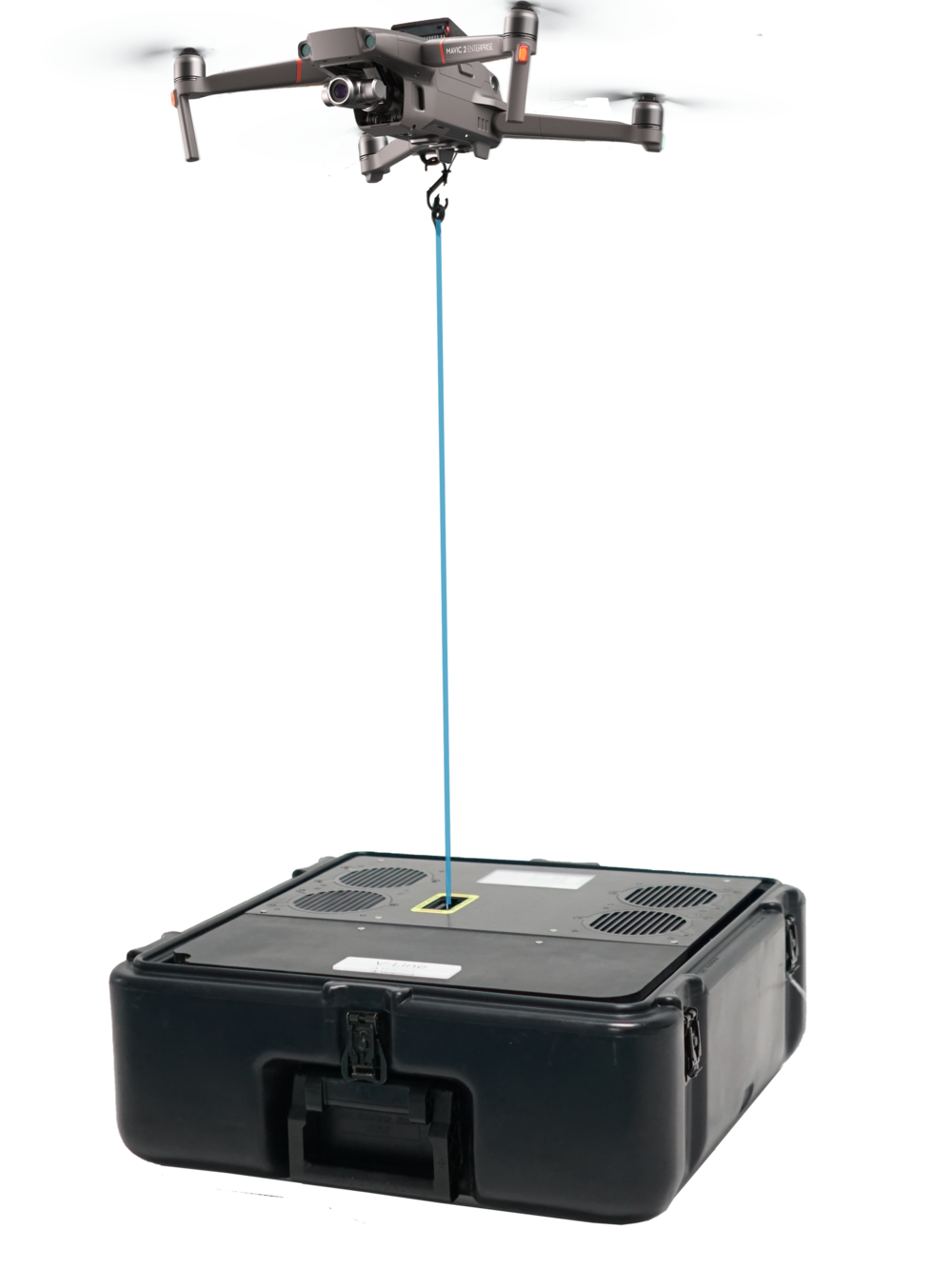
Tethered System R standard manual Reel-In/Out 12V connection | SHOP \ DRONES \ Yuneec H520 \ Akcesoria SHOP \ DRONES \ Yuneec H520E \ Akcesoria SHOP \ DRONES \ Yuneec H520E RTK \

Sistema de alimentación atados Drone Sistema para el Dji Drone de Singapur de la serie M300 Hotsale - China Drone, fuente de alimentación de UAV

Tethered UAVS: wireless doesn't always mean better - Global Defence Technology | Issue 113 | July 2020

Company Wins Contract from U.S. Customer for Tethered Drone | Defense News: Aviation International News



















